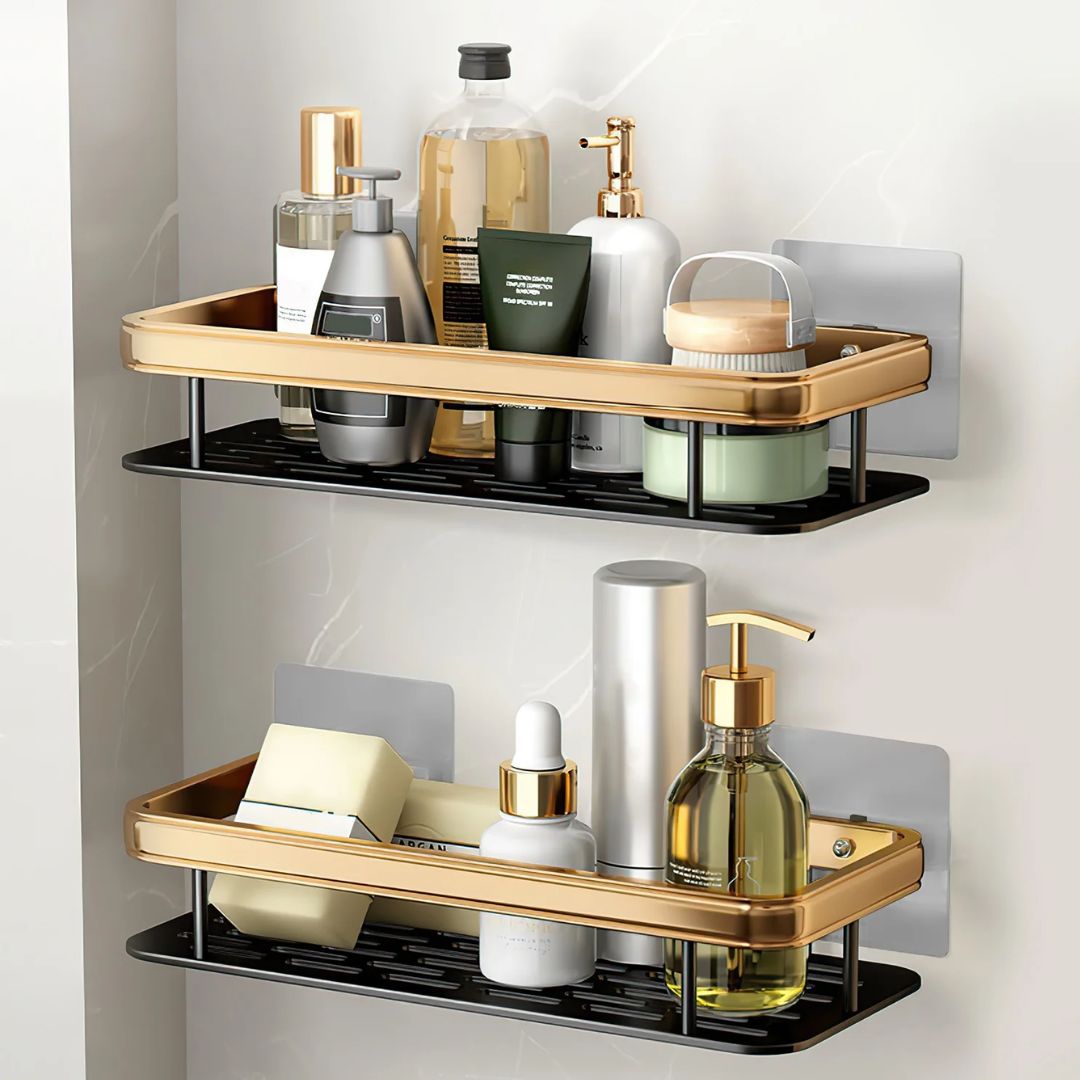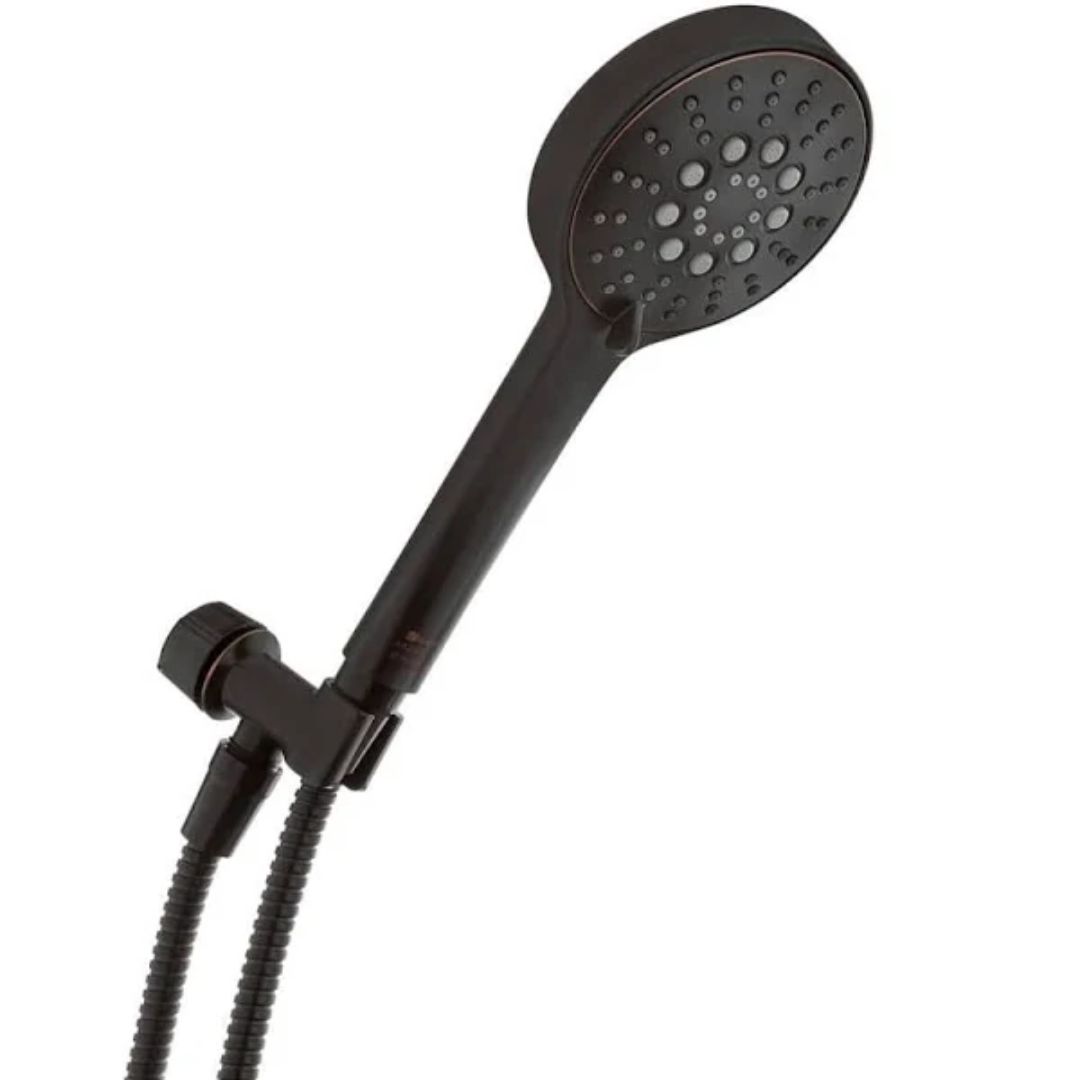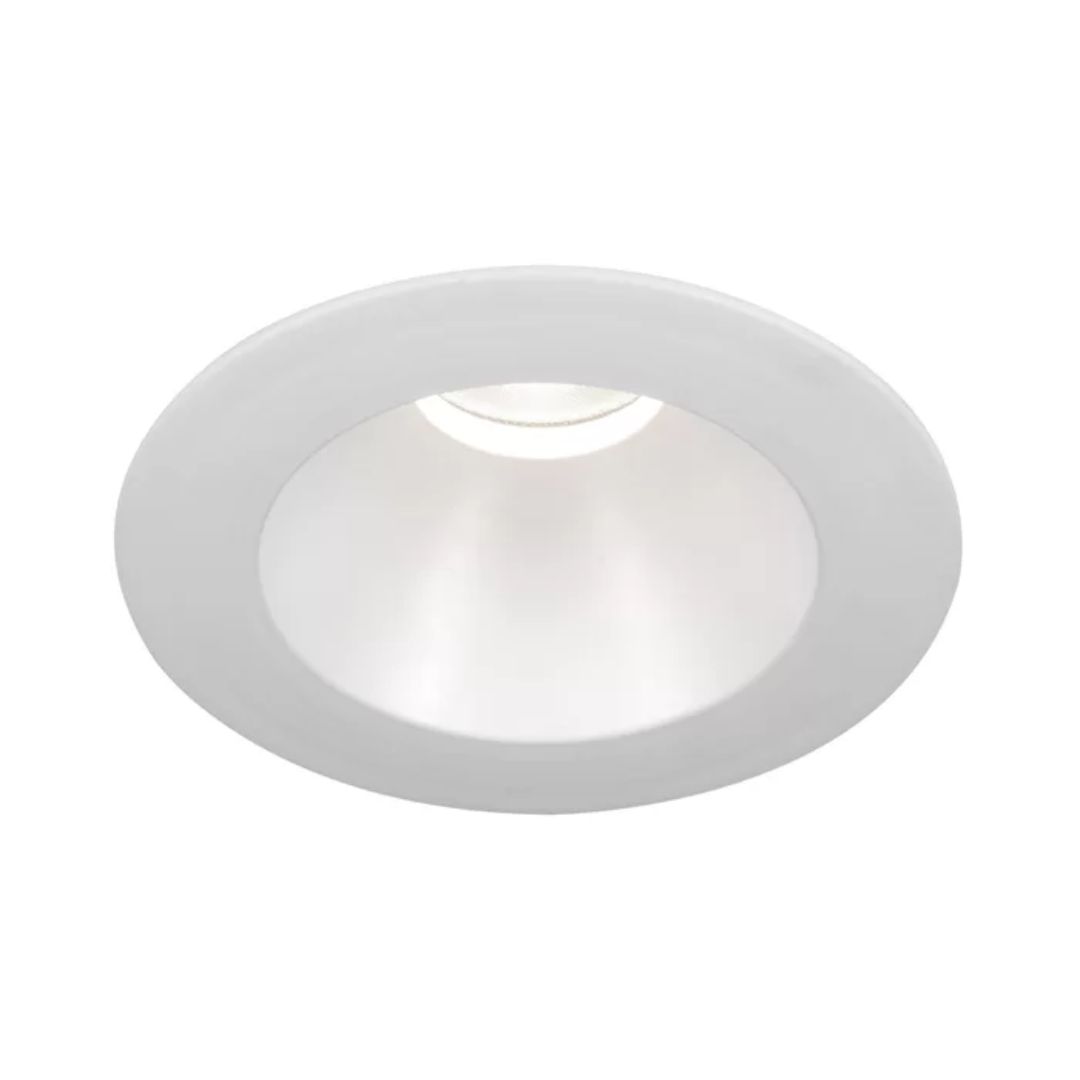Walk in Shower Costs — Experts on How to Budget for This Important Bathroom Update
If you're planning on adding a walk in shower to your bathroom, experts offer advice on the costs of shower type, selected materials, and labor
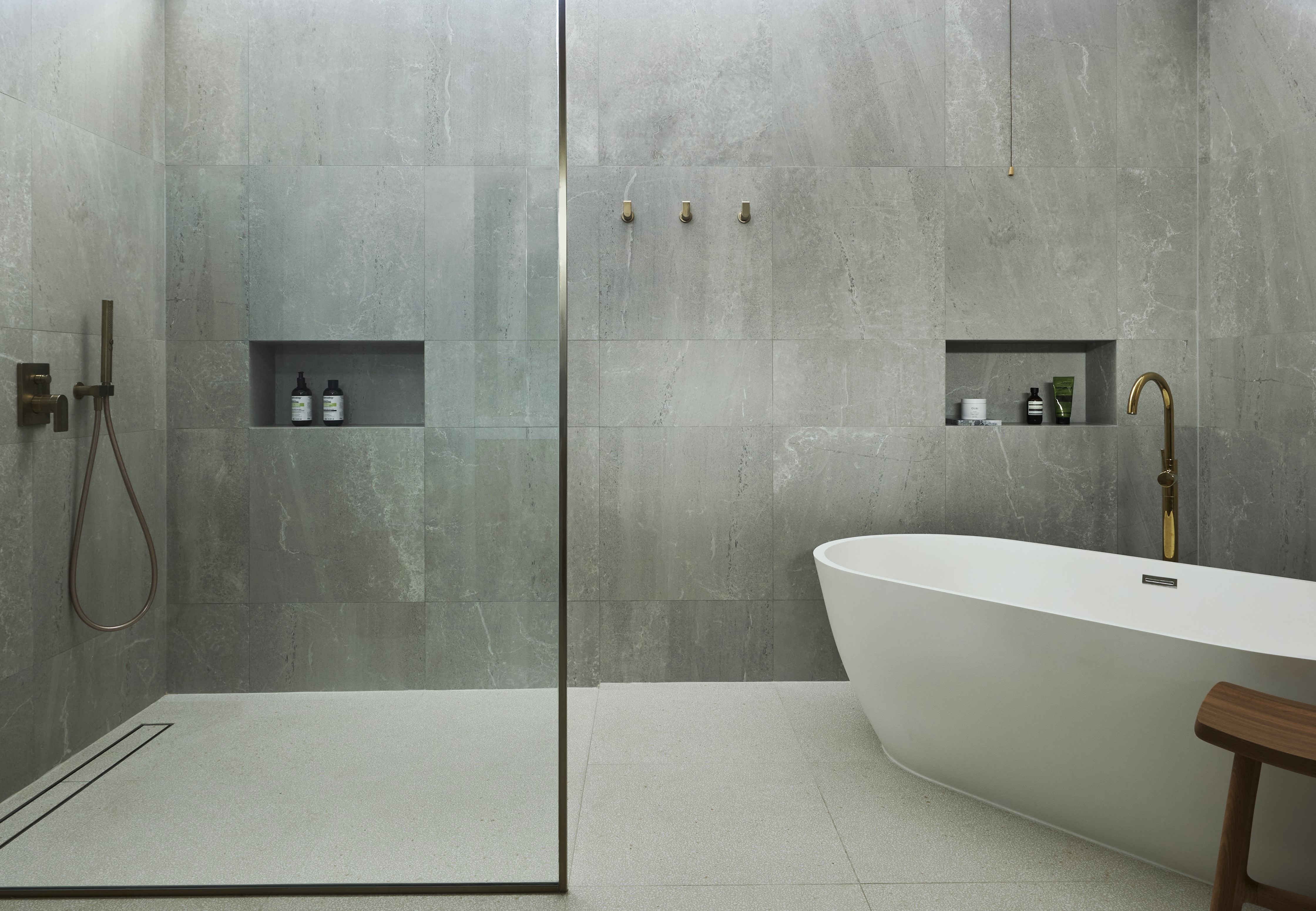

A walk in shower can add a touch of luxury to your bathroom and imbue flexibility and openness to the room. If you're interested in adding this feature to your space, then it's always best to do the cost analysis first. Largely, the price of walk in showers has a huge range because of the various forms they can take, from fully-customized units to standard sizes, to semi-prefabricated options.
To help you get a ballpark figure on the costs and budgeting, we reached out to experts. Take a look at these key walk in shower cost questions that designers have answered.
What is the average cost you should take into account?

The cost can range anywhere from $3,500 to $15,000, but experts say the general average is $9,000. The costs include tilework, shower heads, glass walls, and hardware.
'I'd say, for a small bathroom shower, the cost can range from $10,000 to $12,000,' says Dmitry Lebed of Emerald City Construction. 'This includes basic fixtures and materials. For a larger bathroom, the cost typically ranges from $12,000 to $18,000, depending on the complexity and quality of materials.'
What should you keep in mind before budgeting for a walk-in shower?

There are several factors to consider before you budget for the shower. The size of the wet room, the shower tiles you want to choose, and how much would you like to spend on the smaller elements like storage.
'The first thing to keep in mind is how big you want your walk-in shower to be,' advises Jane Lockhart, founder of Jane Lockhart Design. 'Consider the plumbing as well, to determine if you are looking for a fixed shower head only or another option, like a rain shower head. Additions such as body jets or hand showers will add to the cost, but can be well worth it, depending on what you’re hoping to achieve.'
'Another factor to consider is if you would like built-ins included,' Jane adds. 'A built-in shower bench can be a great inclusion, as well as a built-in shampoo niche, but of course, these items add cost to the total project, as they require labor and additional material to create.'
Are there any additional costs to consider?

Apart from the main materials that you need for the modern bathroom shower, there are a few other costs you need to keep in mind. 'Budget for the plumbing work, the trim work (which includes adding new baseboards and door trim), paint work, electrical work, permits (depending on your location, you may need permits which can add to the overall cost) and labor,' shares Dmitry.
Is it more expensive to install a custom walk-in shower or a prefab one?

Custom showers include the flexibility in choosing materials (tile, marble, fiberglass, or acrylic), and the size of the walk in shower you wish to design. While made-to-measure showers can be made to look beautiful, they do come with an added cost. Prefab showers, on the other hand, are available in limited materials and are generally the most cost-effective.
'It is more expensive to install a custom walk-in shower and much more affordable to consider a prefab, as this is a fixed size and the space can be prepared to accept this installation,' says Jane. 'However, with a prefab, there are no design options and, over time, these can crack in some areas — particularly around the drain. A prefab option saves significant costs, so it may still be worth considering, depending on your needs.'
'A custom shower allows you to build in any size and any color of bathroom tile, finish or plumbing type,' advises Jane. 'While it is significantly more expensive than a prefab installation, it adds value to your house, whereas the prefab does not. There is a compromise option to consider, in which you can purchase and install a premade fiberglass shower base and a matching glass enclosure. With this option, the tiles on the walls can be custom — as can the plumbing. In this case, the shower size is still dictated by the premade shower floor plan.'
How can you save costs in walk in showers?
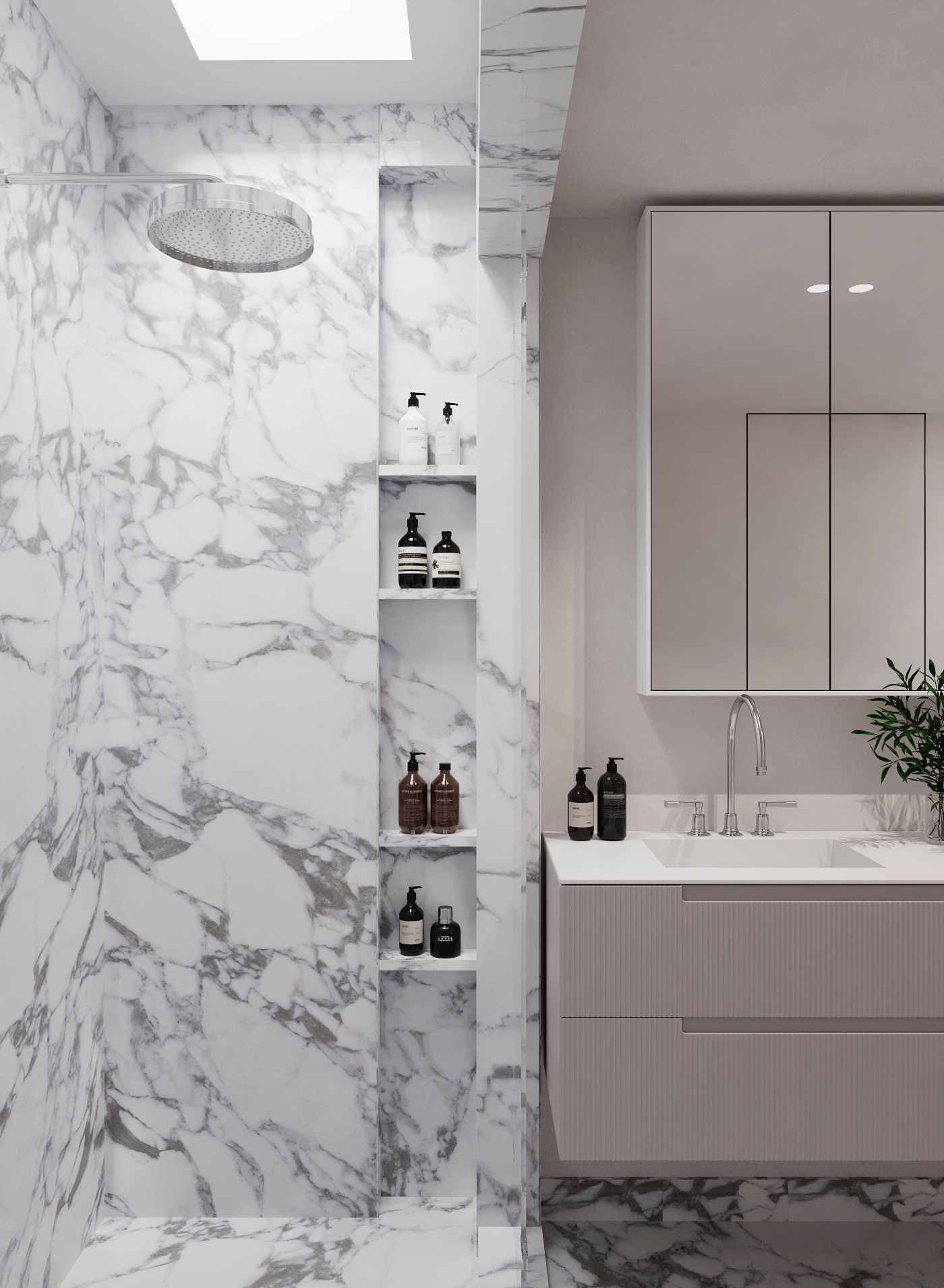
'Choose standard sizes,' avers Dmitry. 'Custom sizes can be more expensive. Also if you want a really budget option, opt for prefabricated shower pan kits. And finally, go in for a simple design and avoid high-end finishes and complex customizations such as heated shower floors/benches, steam showers, or integrated lighting can help control costs.'
Also, try to preserve your current bathroom's layout as much as possible. Moving walls and plumbing fixtures will increase costs. Also, it would be advisable to contact at least three local contractors and request estimates so you can compare pricing and services.
How much does a prefab shower cost as compared to a custom walk in shower?
Generally, a prefab shower can cost anywhere between $700 to $3,000, and you can also choose lightweight plastic models that cost about $400. Custom walk-in showers, on the other hand, can range more in price but generally cost between $4000 to $15000.
How much would it cost to convert a bathtub into a walk in shower?
There will be extra costs involved in first removing the bathtub, and prepping the floor surface for the shower. For most homeowners, the total cost of a tub-to-shower conversion ranges from $2000 to $8,000. But if you go in for expensive tiling and smart showers, then the cost can increase.
Be The First To Know
The Livingetc newsletters are your inside source for what’s shaping interiors now - and what’s next. Discover trend forecasts, smart style ideas, and curated shopping inspiration that brings design to life. Subscribe today and stay ahead of the curve.

Aditi Sharma Maheshwari started her career at The Address (The Times of India), a tabloid on interiors and art. She wrote profiles of Indian artists, designers, and architects, and covered inspiring houses and commercial properties. After four years, she moved to ELLE DECOR as a senior features writer, where she contributed to the magazine and website, and also worked alongside the events team on India Design ID — the brand’s 10-day, annual design show. She wrote across topics: from designer interviews, and house tours, to new product launches, shopping pages, and reviews. After three years, she was hired as the senior editor at Houzz. The website content focused on practical advice on decorating the home and making design feel more approachable. She created fresh series on budget buys, design hacks, and DIYs, all backed with expert advice. Equipped with sizable knowledge of the industry and with a good network, she moved to Architectural Digest (Conde Nast) as the digital editor. The publication's focus was on high-end design, and her content highlighted A-listers, starchitects, and high-concept products, all customized for an audience that loves and invests in luxury. After a two-year stint, she moved to the UK and was hired at Livingetc as a design editor. She now freelances for a variety of interiors publications.
-
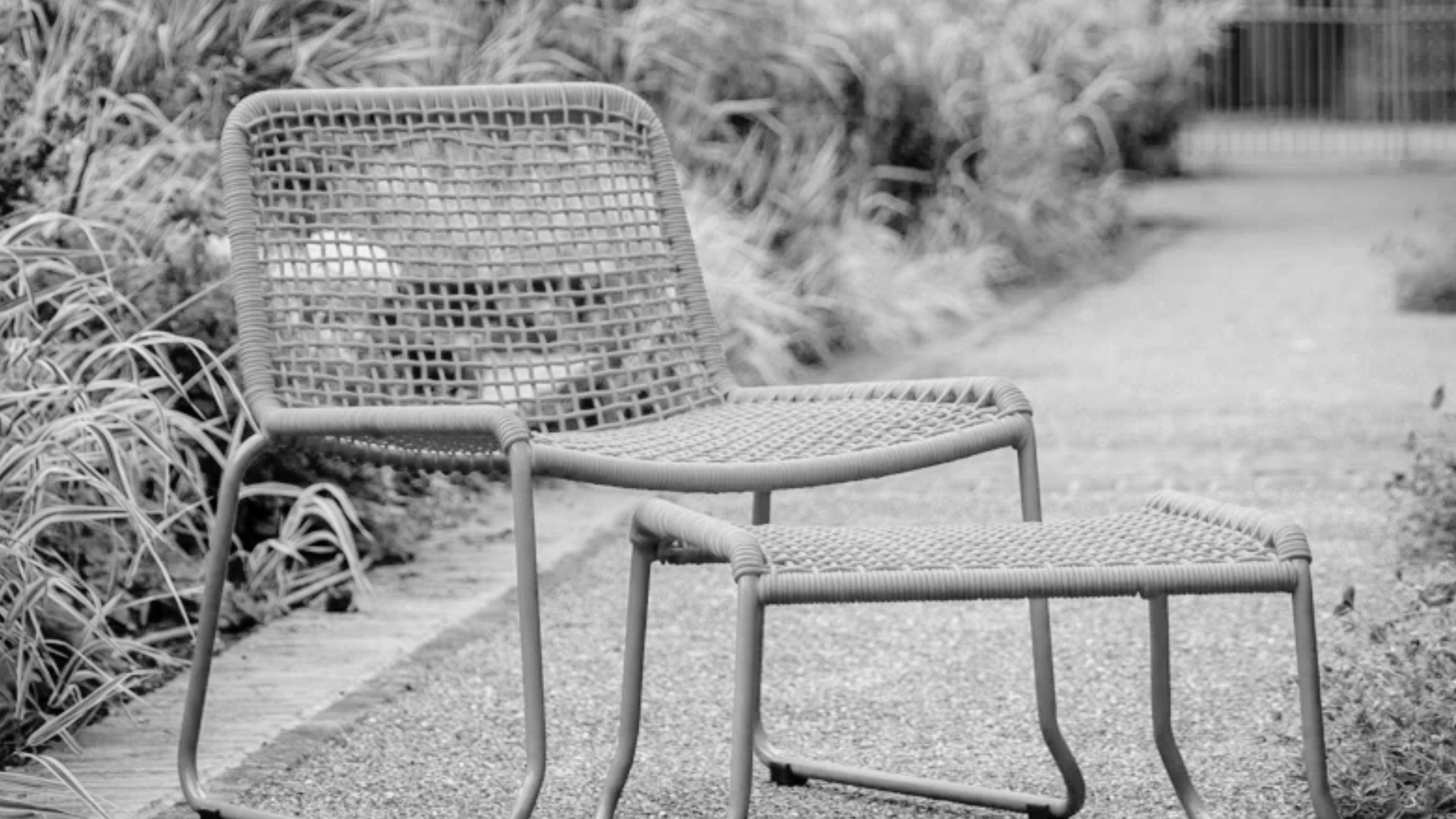 This Outdoor Lounger Is the Color of the Season for Garden Furniture — And It's on Sale This Weekend
This Outdoor Lounger Is the Color of the Season for Garden Furniture — And It's on Sale This WeekendThis year, it's all about the contrast, and this bright, sunny hue is the perfect foil to your green outdoor spaces
By Hugh Metcalf
-
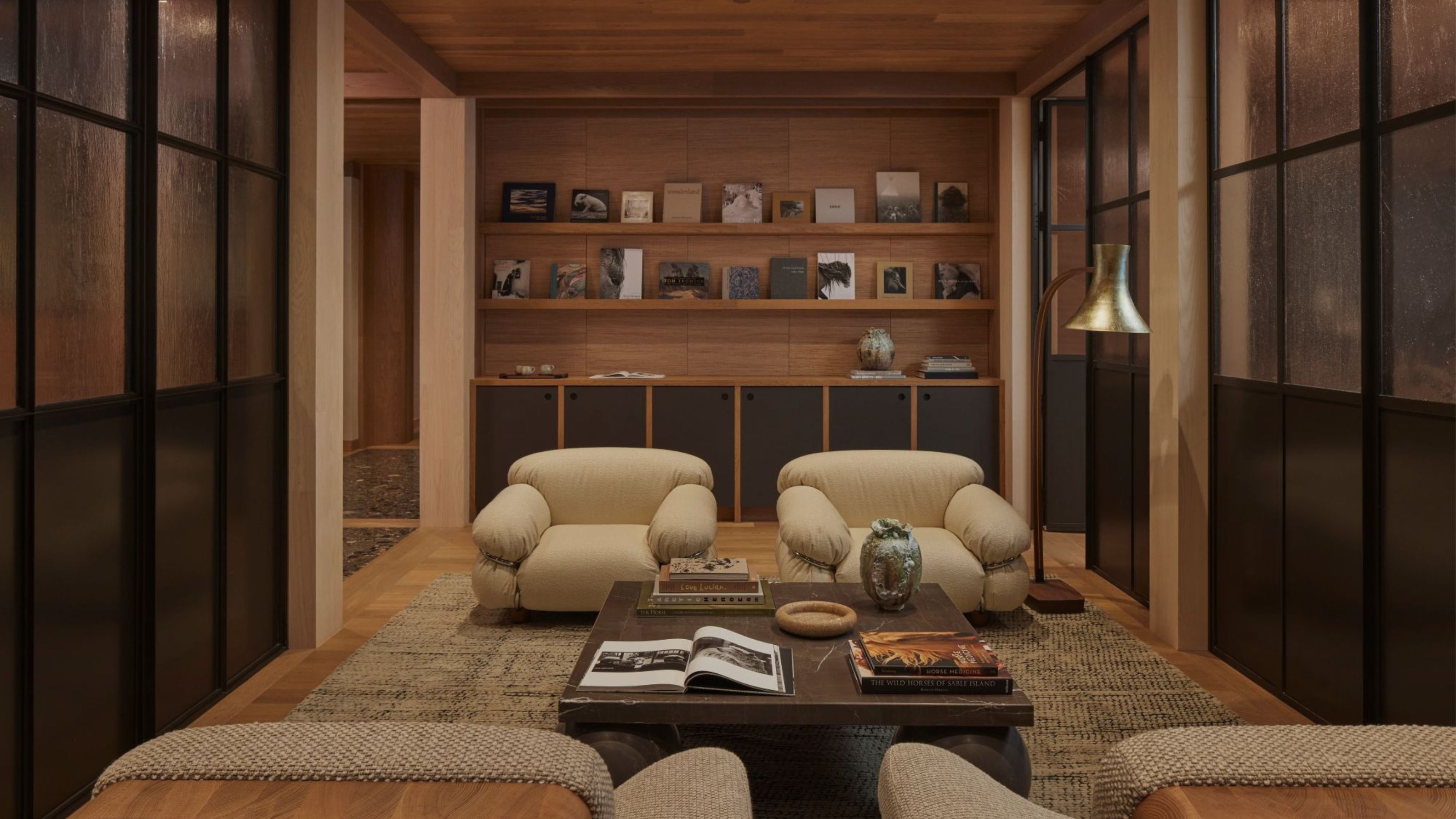 Kelly Wearstler Designed an Animal Hospital Where "Anxiety Just Melts Away", and I'm Taking Notes for My Own Home
Kelly Wearstler Designed an Animal Hospital Where "Anxiety Just Melts Away", and I'm Taking Notes for My Own HomeThe renowned designer's foray into healthcare demonstrates have even the most functional of spaces can still be design-forward
By Devin Toolen
